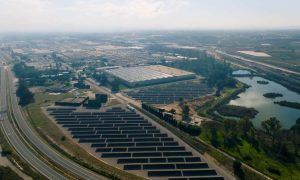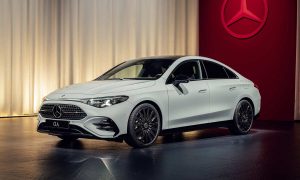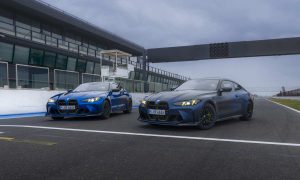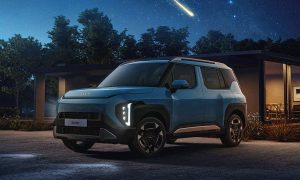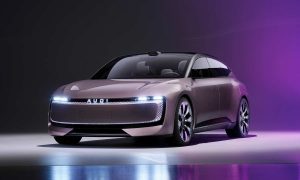If you find a 270 kW DC fast-charging station, you can charge your Porsche Taycan from 5 to 80% SoC (state of charge) in just over 22 minutes (official quote). The Ioniq 5 which debuted not too long ago, claims 18 minutes to recharge the battery pack to 80% if you find a 350 kW DC fast-charging station. What’s common here? That’s right, there’s that “if” which most people tend to ignore. Electric vehicles these days debut with impressive claims, which are actually true if the conditions are right, but the experience of actually living with them varies drastically depending on where you live.
If you take India, for example, the charging infrastructure is pretty much non-existent even in metropolitan cities. Even if you find a charging station (a charging point, actually) somewhere, it’ll either be out of order or be blocked by some other vehicle or something else.
It appears that things aren’t looking very good in the UK either, as demonstrated by the popular YouTuber Shmee150 (Tim). Since he doesn’t have a charging facility at the basement parking of the apartment where he lives (in London), he takes out his Taycan Turbo S to juice up at a public charging station — operated by the Ionity Network. Out of four charging points at the station, two are out of service, which forces him to wait until one of the other two cars is finished filling up. And when he does manage to get one working, it abruptly gives up after few minutes. Here’s an interesting fact. While Ionity claims a maximum charging capacity of up to 350 kW, that capacity appears to be dependent on the power from the grid; the charging station we’re talking about was limited to 150 kW.
Since a VW ID.4 was also waiting to get juiced up, a visibly annoyed Tim heads out to find another charging station which was operated by BP Pulse. After struggling with Pulse’s short charging cable, he finally manages to plug-in. And then after a few minutes, you guessed it, it fails. A problem with the Taycan itself can’t be ruled out. He heads back home with only a 54% charge after spending over 3 hours.
Governments around the world have announced big plans to completely ban the sale of ICE-powered vehicles by 2030 or 2040. But this real-world experience gives us an idea of where things currently are and how much work still needs to be done in order to actually achieve that goal. Unless more carmakers offer EVs with swappable batteries, people will obviously lose patience waiting in a queue to get their EV recharged. That said, things might be better in other European countries such as Norway and Netherlands.

Leave a Reply
Note: Comments that are unrelated to the post above get automatically filtered into the trash bin.




